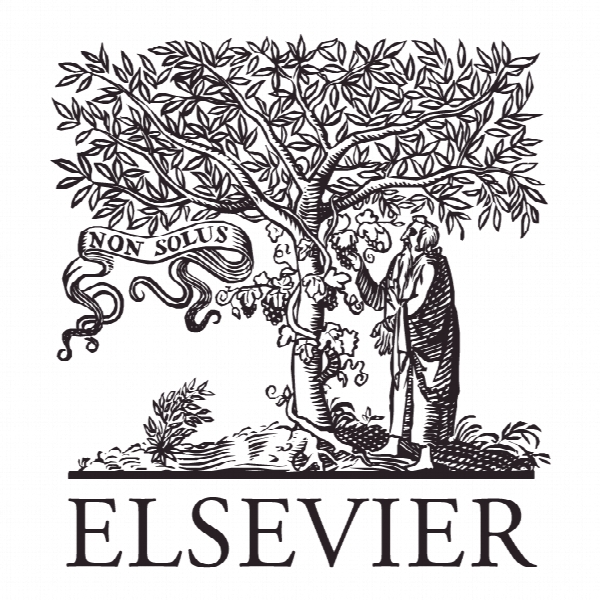طراحی برای تدارکات: در بهبود عملکرد زیست محیطی و اقتصادی چه تدارکاتی مبنی بر ابتکارات طراحی می شود؟ Design for procurement: What procurement driven design initiatives result in environmental and economic performance improvement?
- نوع فایل : کتاب
- زبان : انگلیسی
- ناشر : Elsevier
- چاپ و سال / کشور: 2017
توضیحات
رشته های مرتبط اقتصاد و مدیریت
مجله مدیریت خرید و تامین – Journal of Purchasing and Supply Management
دانشگاه وایومینگ، امریکا
نشریه نشریه الزویر
مجله مدیریت خرید و تامین – Journal of Purchasing and Supply Management
دانشگاه وایومینگ، امریکا
نشریه نشریه الزویر
Description
1. Introduction Sustainable competition for most firms requires a commitment to new product development (NPD) and innovation (Sjoerdsma and van Weele, 2015). Relying on today’s products to generate tomorrow’s revenue may work for basic commodities, but will result in disaster for products that rely on a greater amount of value-added manufacturing. To capture long-term revenues and sustainable competitive advantage, companies must commit to bring new products to market on a recurring basis. Carefully managing the creative process can result in product, and ultimately firm, success or failure. NPD processes in firms vary significantly in terms of methods and functional involvement. They may be limited to R&D engineers and scientists that integrate cutting-edge technology into new products. Customer preferences today are more demanding and diverse. It is essential to understand what customers want (Holmes, 2016). Exceptional product form and function may be just enough to play in the market, but might not be enough to be the order winner. Customer concerns of total cost of ownership, long-term product support and environmental impact have placed additional requirements on new products. NPD processes must be able to design products with these diverse objectives in mind (Tracey and Neuhaus, 2013). To address multi-objective product designs, some firms have responded with multi-functional NPD teams. These teams must include the technical experts that can integrate functions to build capabilities, but they must also include team members that can evaluate and incorporate product inputs, that understand how to move a design to the production line, that can plan for distribution, product support and recovery, and that know how design will be received by the market (Sobek et al., 1999). This new approach to product design opens the door for supply chain professionals to take a seat at the NPD table in the areas of procurement, manufacturing, and logistics.


